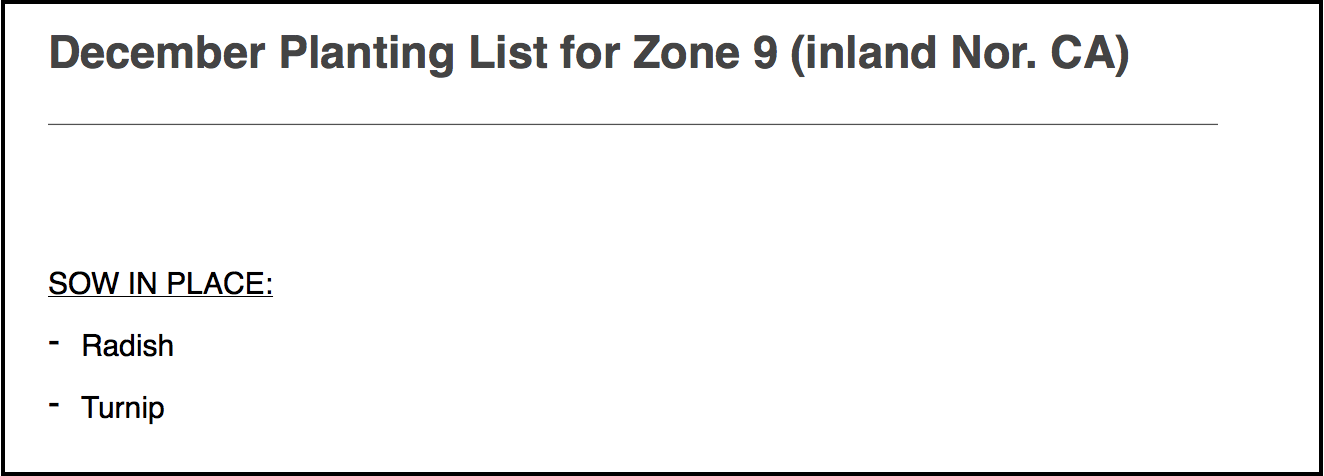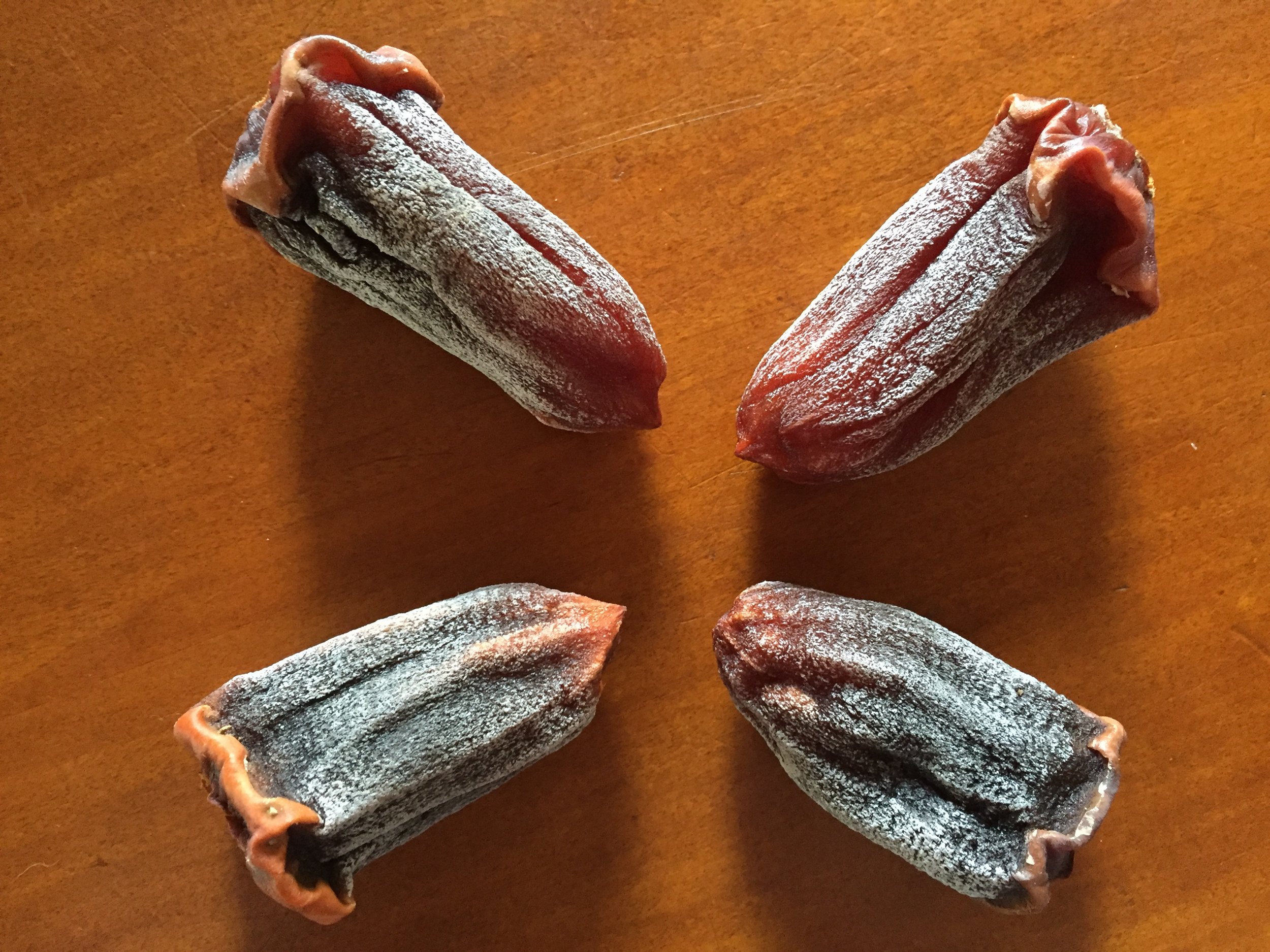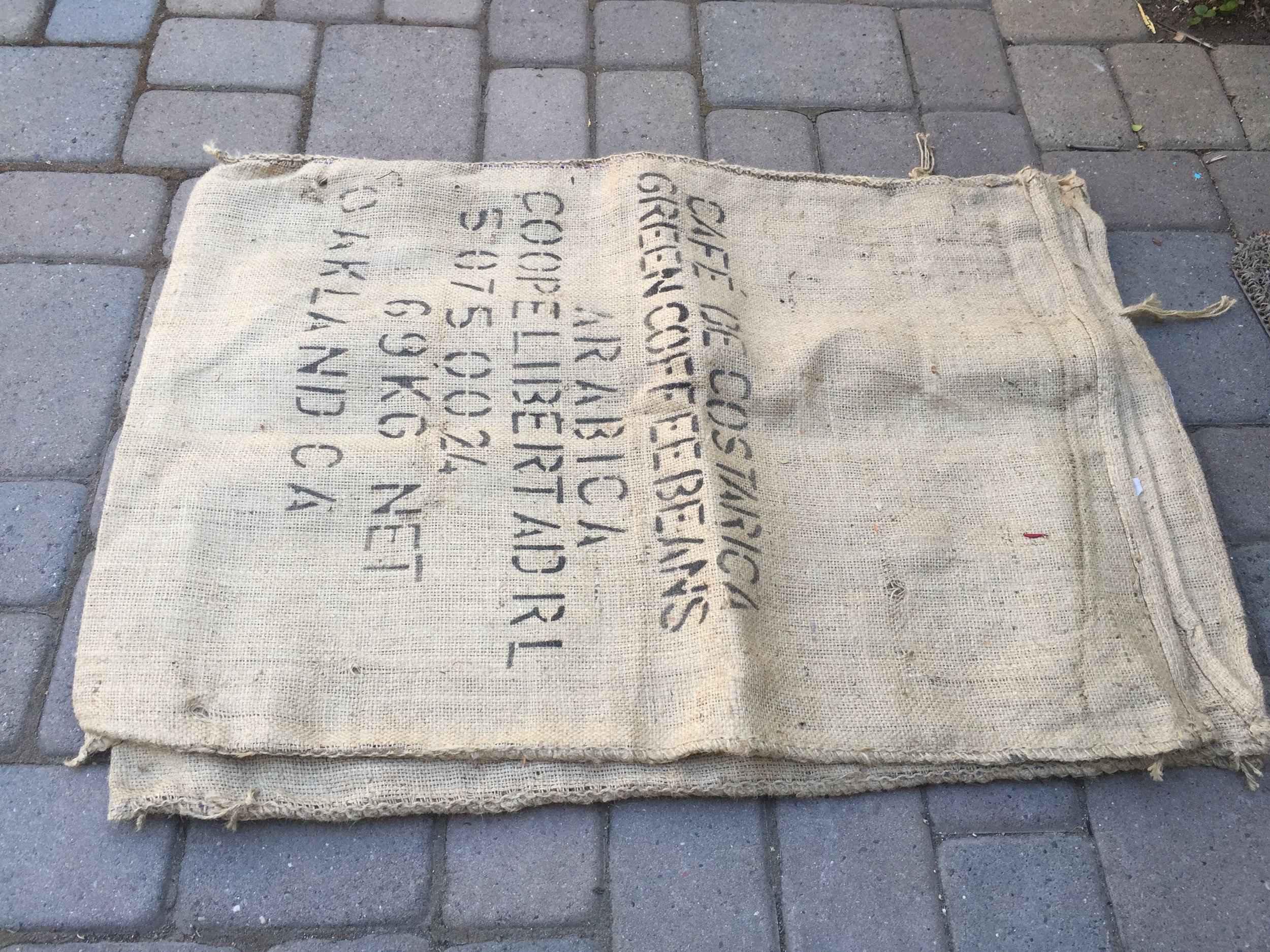Or rather, I was going to write about this, but it was going to be a little blurb at the end, not the main subject of my post. Above is my new fun tool, a leaf vacuum mulcher. Yep, you read that right - it vacuums up the leaves rather than just blowing them around! Then it shreds them into tiny little pieces and spits them out into the collection bag. Those shredded leaves can then be added into your compost! I got it for $65 on Amazon, but the price has now raised $20 for some reason. It’s still worth it. Plusses, besides collecting and shredding your leaves: It’s electric, it’s not too heavy, and it’s simple to put together and use. Minuses: it’s LOUD, and it can’t handle any branches larger than a pencil size, so using this over wood chips is probably not a good idea. Since I only collect the leaves on my driveway and sidewalk, that’s not a problem. And apparently it doesn’t do so well with wet leaves (very rarely a problem here in dry dry dry CA). But I think this thing is going to save my aching hands, and on top of that provide a whole lot of goodness for the compost pile and the chicken run.
But as exciting as this new tool is, this wasn’t going to be my blog subject. Rather, I was planning to write about the field trip I took today with my Nursery Mgmt class. We went to visit Dark Heart Nursery, which grows and sells cannabis clones to the cannabis-growing industry.
Here’s the thing: I’ve learned a LOT in my classes, but most I’ve already sort-of learned, or read somewhere, or knew the overview even if I didn’t know the details, or had already practiced doing in my own garden. Cannabis is the complete opposite for me. Other than smoking a joint once in a while in my 20’s, I have zero knowledge of it - how to grow it, or how it is grown in big nurseries, or the business side of these things, not to mention the legal ramifications. So I went in to the field trip with complete ignorance and enjoyed learning about the whole process tremendously.
Dark Heart has an indoor nursery and a tissue culture lab, and it was a truly fascinating place. I’d love to tell you all about it. However, we had to sign a non-disclosure agreement, so I am not able to say anything else about the place specifically. Dark Heart is one of only a few of the legal, permitted clone providers in California (where cannabis use and growing is legal, but highly regulated), and I learned so much about the business behind it.
Tissue culture is not a new practice; many highly sought-after plants are developed in a lab instead of grown from seed. If you remove the meristematic tissue of any growing plant, it can be grown into a clone (remember back to your high school biology: the meristem is either the shoot tip or the root tip, rapidly dividing cells that develop into the plant. They are like the stem cells in our bodies). It’s a way to replicate the plant while keeping it free of disease, which is a huge concern.
Cloners/growers like Dark Heart are then selling their starts to large growing establishments who then grow the plant up to produce flowers, which they then sell (along with distillations of flower and edibles made with the flower) to dispensaries, who then sell it on to the customer. Here in CA we are also allowed to grow six plants per person (or is it household?), so dispensaries also can sell plant starts.
Just as I’ve learned that your local nursery sells plants that they get from other larger nurseries, who buy their cuttings from even larger nurseries, there are many more pieces to the chain than I ever knew. And if you add labs and tissue culture to that equation, then there is yet another link in the chain. So if you are buying a 4” plant for $4, you have to think that the nursery bought it for $2, and those nurseries had to buy a bunch of cuttings, or seed, and then grow those plants out; or in the case of cannabis, they’ve been grown in a lab. By the way, the lab workers all have graduate degrees, and that seems to be required, mostly in molecular biology. The myth of ‘a bunch of stoners in ripped shirts growing weed for fun’ died for me today after I heard some of the credentials of the employees. It’s a serious, serious business.
That’s about all I can say without violating the NDA. The science-y stuff was really interesting but also seemed like a very boring job, unless you like working in a lab. The nursery was a bit better, but still seemed very repetitive. I guess sometimes desk jobs can seem pretty repetitive too. Mostly what I left feeling was that this was a respectable way to earn a living. I mean, all this stuff happens in grapes and the wine industry too, and those folks are looked to as artists. There doesn’t seem to be much of a difference between that and cannabis, except that cannabis has been only recently legitimized.
In other news, we’ve had some interesting bird encounters lately in the garden. It seems that Northern Flickers have moved into our neighborhood and are delighting us with their hawk-like cries. Something that is not delighting me is the newfound knowledge that sparrows, namely song sparrows, like to eat my greens. Yes, I have caught them in the act, several times now. I always wondered why the leaves of my greens looked like they had been torn in half. Oh, well, there is plenty for all of us.



















